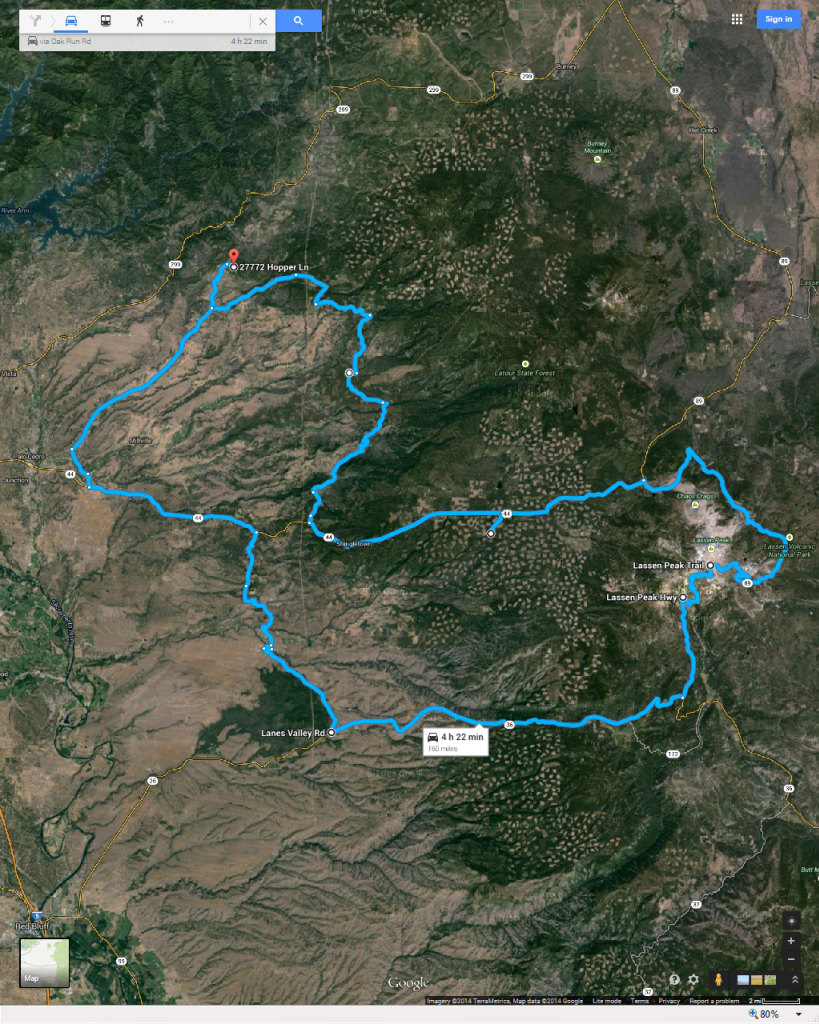IssacZachary
Well-known member
From my home in Gunnison to Montrose and back which is 63.4miles one way between chargers. I have a 4685ft climb and a 6,542ft decent one way also. That makes a total of 11,227ft climb and decent over a stretch of 126.8 miles. Most of the road is barren, no homes on either side along the way, except along the reservoir and then in the small town of Cimarron. No cell phone service either until I roll into Montrose (if I make it). I'll charge back up to 100% in Montrose before heading back. The temperature right now is 22°F.
I'm very nervous, and am having doubts about this trip. My plan is to go slow from the start. In the 40mph zones through the mountains and canyons that shouldn't be hard to do. But there's a 65mph zone out of Gunnison and another coming into Montrose. I'll do my best to go 40mph max and still let traffic by until I'm close to Montrose, or Gunnison on the way back, as long as I have enough charge to do so. Most of the road is only a two lane highway, and very narrow in places. There are a few passing lanes on the uphill sections. The trip back should be the hardest since I'll be climbing more. If all goes well, I'm going to try do go to Delta this weekend.
BTW, I'm bringing my wife along.
2013 Leaf with 12 capacity bars. No LeafSpy (sorry).
I'm very nervous, and am having doubts about this trip. My plan is to go slow from the start. In the 40mph zones through the mountains and canyons that shouldn't be hard to do. But there's a 65mph zone out of Gunnison and another coming into Montrose. I'll do my best to go 40mph max and still let traffic by until I'm close to Montrose, or Gunnison on the way back, as long as I have enough charge to do so. Most of the road is only a two lane highway, and very narrow in places. There are a few passing lanes on the uphill sections. The trip back should be the hardest since I'll be climbing more. If all goes well, I'm going to try do go to Delta this weekend.
BTW, I'm bringing my wife along.
2013 Leaf with 12 capacity bars. No LeafSpy (sorry).


